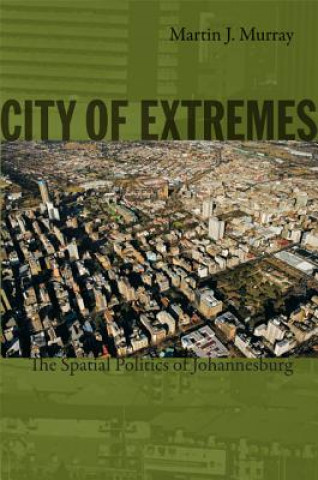
Kód: 04479107
City of Extremes
Autor Martin Murray
No other city in South Africa bears the scars of white minority rule as obviously and as self-consciously as Johannesburg, the place where the architects of racial segregation were the most deeply invested in implanting their visi ... celý popis
- Jazyk:
 Angličtina
Angličtina - Vazba: Brožovaná
- Počet stran: 464
Nakladatelství: Duke University Press, 2011
- Více informací o knize

987 Kč
Dostupnost:
50 % šance Máme informaci, že by titul mohl být dostupný. Na základě vaší objednávky se ho pokusíme do 6 týdnů zajistit.
Máme informaci, že by titul mohl být dostupný. Na základě vaší objednávky se ho pokusíme do 6 týdnů zajistit.Prohledáme celý svět
Mohlo by se vám také líbit
-

Pulses, Sugar and Tuber Crops
5714 Kč -

Bongile's Bounty
791 Kč -

Second Touch
403 Kč -

Trinity Seven, Vol. 10
269 Kč -

Sailing with Sam
248 Kč
Darujte tuto knihu ještě dnes
- Objednejte knihu a zvolte Zaslat jako dárek.
- Obratem obdržíte darovací poukaz na knihu, který můžete ihned předat obdarovanému.
- Knihu zašleme na adresu obdarovaného, o nic se nestaráte.
Informovat o naskladnění knihy
Zadejte do formuláře e-mailovou adresu a jakmile knihu naskladníme, zašleme vám o tom zprávu. Pohlídáme vše za vás.
Více informací o knize City of Extremes
Nákupem získáte 99 bodů
 Anotace knihy
Anotace knihy
No other city in South Africa bears the scars of white minority rule as obviously and as self-consciously as Johannesburg, the place where the architects of racial segregation were the most deeply invested in implanting their vision of 'separate development' into the material fabric of society. Not surprisingly the city is also the place where this vision of racial exclusivity was the most bitterly contested in the popular struggles that eventually brought white rule to an end. Today, although a new generation of city builders has struggled to reinvent the city so as to reflect an alternative, more equitable politics that answers the basic needs of the urban poor, nevertheless the city remains deeply fractured, divided between two highly unequal and spatially disconnected worlds: one catering to the rich and another for those without regular work, without shelter, and forced to eke out a marginal existence. City of Extremes analyzes the relationship between the evolving urban form of Johannesburg after apartheid and present-day, boosterist, city-building efforts to create a "world-class" African city. The book shows how property-holding elites and their affluent middle-class allies have been able to maintain privileged life styles despite persistent demands from below for redress of long-standing grievances. The metamorphosis of Johannesburg from the exemplary "apartheid city" at the height of white minority rule has, Murray demonstrates, gone hand in hand with the emergence of new patterns of spatial inequality and new kinds of social exclusion, the result of city-building efforts that have partitioned the urban landscape into fortified "renaissance sites" of privatized luxury where affluent urban residents work and playoon one sideoand impoverished spaces of confinement where the poor, the socially excluded, and the homeless are forced to survive on the other. Murray's analysis of this phenomenon is divided into three parts. Part 1 provides a historical context that reveals how real estate developers, corporate builders, and city planners have fostered an image of an aspiring global city, yet at the same time have produced spatial frictions that have disrupted the city's coherence, hollowed out its core, relied primarily on private transport rather than public transit, and left decaying inner-city slums. Part 2 examines the twin processes of fragmentation and polarization that have left the city with pockets of ostentatious wealth and other pockets of utter destitution. Murray shows how this process depends on the peculiar qualities of land values as marketable commodities, producing boom and bust cycles as builders compete to produce landmark structures but then feel required to insulate them from the nearby "mean streets" by creating citadel-like office buildings and shopping enclaves. Part 3 then looks in detail at the creation of these new divisive spaces, what Murray calls "redoubts of commerce" that resemble nomadic fortresses connected by bridges and underground tunnels arising not as the result of impersonal market forces, but through the deliberate actions of key propertied stakeholders. The result, he shows, is a patchwork city of dispersed territorial enclaves that have not only reinforced existing inequalities and racial hierarchies, but have introduced new patterns of social exclusion that have further marginalized the black underclass and urban poor.
 Parametry knihy
Parametry knihy
Zařazení knihy Knihy v angličtině Earth sciences, geography, environment, planning Regional & area planning Urban & municipal planning
987 Kč
- Plný název: City of Extremes
- Autor: Martin Murray
- Jazyk:
 Angličtina
Angličtina - Vazba: Brožovaná
- Počet stran: 464
- EAN: 9780822347682
- ISBN: 0822347687
- ID: 04479107
- Nakladatelství: Duke University Press
- Hmotnost: 716 g
- Rozměry: 232 × 156 × 30 mm
- Datum vydání: 20. June 2011
Oblíbené z jiného soudku
-
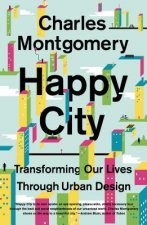
HAPPY CITY TRANSFORMING OUR LIVES
379 Kč -
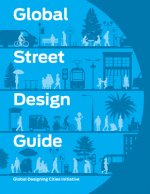
Global Street Design Guide
1299 Kč -

Rebel Cities
358 Kč -
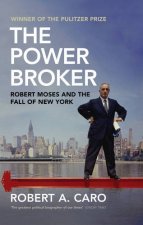
Power Broker
810 Kč -
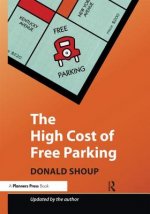
High Cost of Free Parking
1335 Kč -
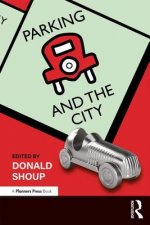
Parking and the City
1812 Kč -
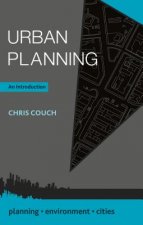
Urban Planning
1583 Kč -
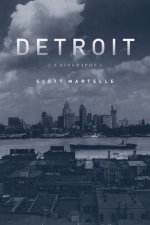
Detroit
410 Kč -

Smart Growth Manual
803 Kč -

Visions of the City
1036 Kč -

How Real Estate Developers Think
1265 Kč -
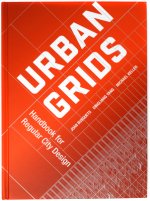
Urban Grids
1341 Kč -

Income Approach to Property Valuation
2157 Kč -
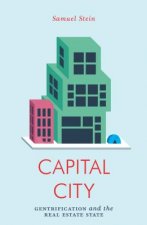
Capital City
356 Kč -
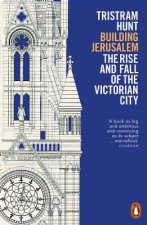
Building Jerusalem
464 Kč -

Urban Land Use Planning, Fifth Edition
2392 Kč -
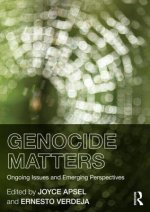
Genocide Matters
1641 Kč -
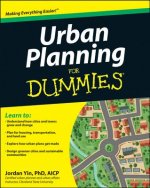
Urban Planning for Dummies
511 Kč -

Principles of Brownfield Regeneration
797 Kč -

Smart Urban Regeneration
2154 Kč -
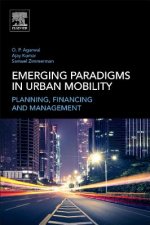
Emerging Paradigms in Urban Mobility
4124 Kč -

Inventing Future Cities
923 Kč -
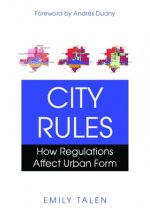
City Rules
1082 Kč -
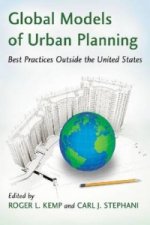
Global Models of Urban Planning
1350 Kč -

But They All Come Back
1385 Kč -

Eco-Cities
7585 Kč -
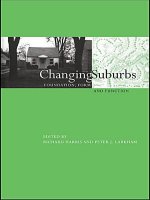
Changing Suburbs
1465 Kč -
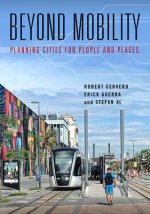
Beyond Mobility
1311 Kč -

Inner City Renovation
507 Kč -
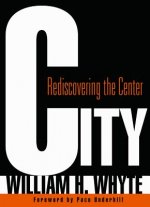
City
1096 Kč -
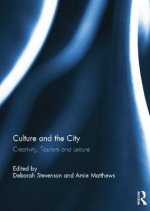
Culture and the City
2004 Kč -
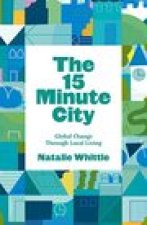
15-Minute City
233 Kč -

Greenfields Brownfields And Housing Development
4612 Kč -

Municipal Dreams
342 Kč -

How Real Estate Developers Think
2500 Kč -
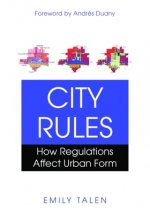
City Rules
1808 Kč -

Urban Drainage Practice
4397 Kč -

Urban Planning
5267 Kč -
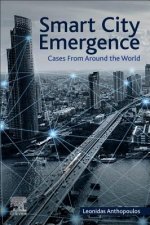
Smart City Emergence
4124 Kč -
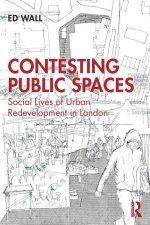
Contesting Public Spaces
1551 Kč -
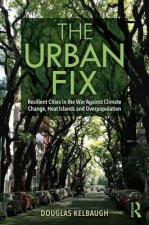
Urban Fix
1522 Kč -

Concrete and Clay
916 Kč -
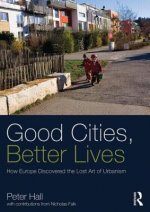
Good Cities, Better Lives
2080 Kč -
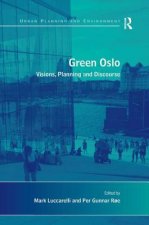
Green Oslo
5172 Kč -

Zollverein
1018 Kč -
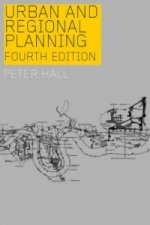
Urban and Regional Planning
1736 Kč -
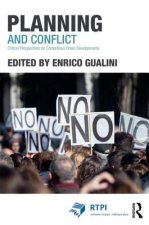
Planning and Conflict
2305 Kč -

High Cost of Free Parking
2391 Kč -

Berlin, Alexanderplatz
1142 Kč
Osobní odběr Praha, Brno a 12903 dalších
Copyright ©2008-24 nejlevnejsi-knihy.cz Všechna práva vyhrazenaSoukromíCookies


 Vrácení do měsíce
Vrácení do měsíce 571 999 099 (8-15.30h)
571 999 099 (8-15.30h)